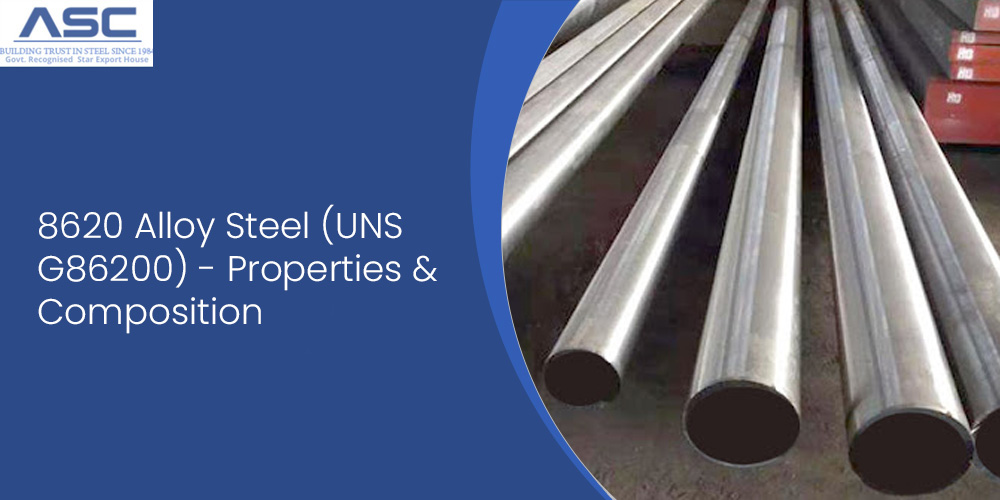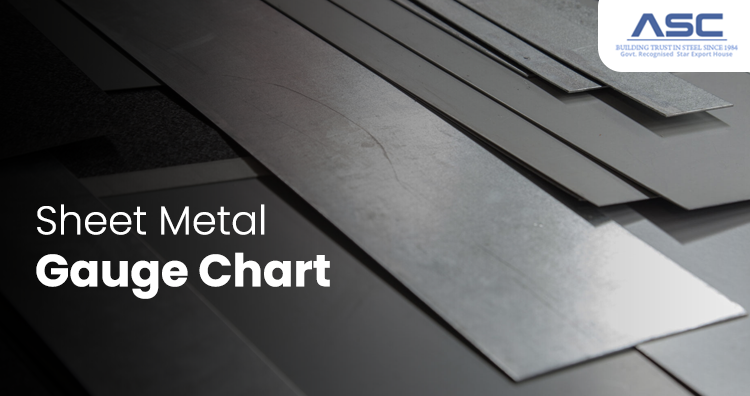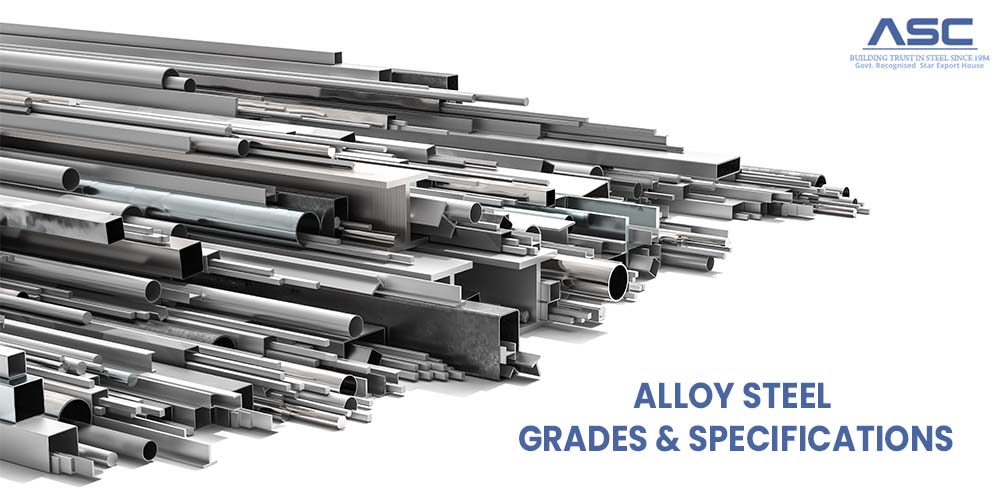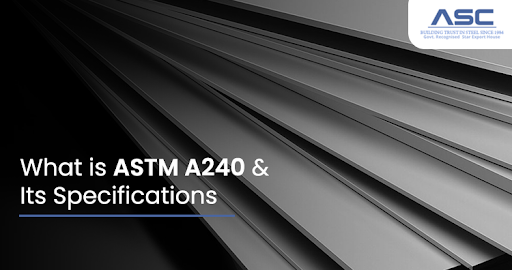SAE 8620 Alloy Steel – Equivalent, Chemical Composition, Properties and Uses
by AMC
Posted on December 12, 2023 at 12:57 PM

SAE 8620 Alloy Steel (UNS G86200) – Equivalent, Chemical Composition, Properties and Uses
SAE 8620 is a highly sought-after steel alloy, recognized for its impressive combination of strength,
hardness, and resistance to wear. This alloy, known as SAE 8620 Alloy Steel, is widely utilized in
manufacturing components for automobiles, machinery, and defense equipment. In this blog post, we will explore
the various applications of UNS G86200 steel and highlight its remarkable properties. Additionally, we'll
discuss how it can undergo heat treatment and machining for diverse applications.
SAE 8620 and 8620 Material Properties: A Guide by Amardeep Steel
SAE 8620 is a low-alloy steel known for its excellent case-hardening properties. It is commonly used for making parts that require a tough core and a hard surface. The SAE 8620 material is composed of a balanced mix of carbon, chromium, nickel, molybdenum, and manganese, which provides its strength, durability, and machinability.
The SAE 8620 chemical composition consists of carbon (0.18–0.23%), chromium (0.40–0.60%), nickel (0.40–0.70%), molybdenum (0.15–0.25%), and manganese (0.70–0.90%). These elements work together to enhance the steel’s performance under demanding conditions. SAE 8620 Alloy Steel also has several SAE 8620 equivalent materials, such as AISI 8620, 8620 steel equivalent (DIN 20NiCrMo2-2), and JIS SNCM220, making it widely available. With a density of 7.85 g/cm³, tensile strength of 620 MPa, and yield strength of 375 MPa, SAE 8620 is known for its reliability.
The SAE 8620 material properties make it a valuable choice for many industries, where strength and wear resistance are important. Amardeep Steel is a leading supplier of SAE 8620 steel, offering high-quality products such as bars, plates, and custom components. Whether referred to as SAE 8620, AISI 8620, or SAE8620, it remains a dependable material in the industry.
SAE 8620 Alloy Steel Chemical Composition
| Element | Content (%) |
| Iron, Fe | 96.895-98.02 |
| Manganese, Mn | 0.700-0.900 |
| Nickel, Ni | 0.400-0.700 |
| Chromium, Cr | 0.400-0.600 |
| Carbon, C | 0.180-0.230 |
| Silicon, Si | 0.150-0.350 |
| Molybdenum, Mo | 0.150-0.250 |
| Sulfur, S | ≤ 0.0400 |
| Phosphorous, P | ≤ 0.0350 |
SAE 8620 Alloy Steel Physical Properties
| Properties | Metric | Imperial |
| Density | 7.85 g/cm3 | 0.284 lb/in³ |
AISI 8620 Mechanical Properties
| Properties | Metric | Imperial |
| Tensile strength | 530 MPa | 76900 psi |
| Yield strength | 385 MPa | 55800 psi |
| Elastic modulus | 190-210 GPa | 27557-30458 ksi |
| Bulk modulus (typical for steel) | 140 GPa | 20300 ksi |
| Shear modulus (typical for steel) | 80 GPa | 11600 ksi |
| Poisson’s ratio | 0.27-0.30 | 0.27-0.30 |
| Izod Impact | 115 J | 84.8 ft.lb |
| Hardness, Brinell | 149 | 149 |
| Hardness, Knoop (converted from Brinell hardness) | 169 | 169 |
| Hardness, Rockwell B (converted from Brinell hardness) | 80 | 80 |
| Hardness, Vickers (converted from Brinell hardness) | 155 | 155 |
| Machinability (hot rolled and cold drawn, based on 100 machinability for AISI 1212 steel) | 65 | 65 |
SAE 8620 Thermal Properties
| Properties | Metric | Imperial |
| Thermal conductivity | 46.6 W/mK | 323 BTU in/hr.ft².°F |
SAE 8620 Steel Equivalent
| AISI 8620 | AMS 6274 | AMS 6276 | AMS 6277 | AMS 6375 | ASTM A29 |
| ASTM A322 | ASTM A331 | ASTM A506 | ASTM A507 | ASTM A513 | ASTM A519 |
| ASTM A646 | ASTM A752 | ASTM A829 | MIL S-8690 | SAE J1397 | SAE J404 |
| AFNOR 20 NCD 2 | AFNOR 22 NCD 2 | DIN 1.6523 | UNI 20 NiCrMo 2 | JIS SNCM 21 | JIS SNCM 21 H |
| B.S. 805 H 20 | B.S. 805 M 20 | AMS 6274G | AMS 6276C | AMS 6277A | ASTM A505 |
| MIL SPEC MIL-S-16974 | SAE J404 | SAE J770 |
AISI 8620 Steel Uses
The versatility of AISI 8620 steel renders it a top choice for various applications. Predominantly, it is employed in the manufacturing of automotive components, specifically gears and shafts. Beyond the automotive sector, AISI 8620 is frequently utilized in crafting components for agricultural machinery and in general engineering applications. The exceptional wear resistance of this steel makes it particularly well-suited for a diverse array of automotive parts. These include camshafts, drive shafts, transmission cases, differential housing assemblies, axle housings, flywheels, connecting rods, crankshafts, and steering knuckles.
SAE 8620 Corrosion Resistance
Corrosion resistance is a standout feature of AISI 8620 alloy, primarily attributable to its elevated chromium content. This steel exhibits remarkable resistance to corrosion, enduring exposure to harsh environments like seawater or acid rain. This quality extends its applicability to marine contexts and other settings prone to corrosive elements. Moreover, the heightened chromium content contributes to effective oxidation resistance, enabling the steel to perform well at elevated temperatures, reaching up to 650°F (343°C).
AISI 8620 Heat Treatment
AISI 8620 lends itself well to heat treatment, with options for quenching or normalizing depending on the specific mechanical properties desired for the intended application. In the quenching process, the steel is heated beyond its critical temperature and then rapidly cooled in oil or water. Conversely, normalizing involves heating the steel above its critical temperature and allowing it to cool slowly in still air. The chosen method, coupled with subsequent tempering, can yield varying tensile strengths for SAE 8620, spanning from 545 MPa (79 ksi) to 795 MPa (115 ksi).
SAE 8620 Steel Machining
AISI 8620 stands out for its ease of machining, a quality attributed to its low carbon content and the presence of additional alloys like molybdenum. These characteristics contribute to reduced cutting forces during machining operations. This makes AISI 8620 particularly well-suited for precision components that demand tight tolerances or intricate profiles, such as those found in firearms applications or aircraft components where precision is paramount. Additionally, its relatively low sulfur content enhances machinability by minimizing tool wear during cutting operations, resulting in heightened production efficiency and lower costs per part produced.
Conclusion:
AISI 8620 emerges as a preeminent steel in today's market, distinguished by its impressive amalgamation of strength, hardness, and wear resistance. This versatile alloy finds application across diverse sectors, including automotive components, agricultural machinery, defense equipment, firearms components, aircraft parts, and marine applications. Its high chromium content ensures excellent corrosion resistance, while its machinability sets it apart—allowing for efficient production with minimal tool wear. With proper heat treatment, AISI 8620 can attain tensile strengths ranging from 545 MPa (79 ksi) to 795 MPa (115 ksi), making it an optimal choice for precision components demanding exacting tolerances. In sum, AISI 8620 stands as an exceptional steel alloy, delivering outstanding performance across a spectrum of applications.
FAQs
1. What is 8620 alloy steel equivalent to?
SAE 8620 steel is equivalent to EN362 steel, which is its grade under the previous BS 970: 1955 standard
2. What is SAE 8620 steel?
The SAE8620 steel is a case-hardening steel consisting of chromium, nickel, and molybdenum as the alloying elements. It has good toughness and strength properties and higher core strength than grades 8615 and 8617.
3. What is 8620 used for?
8620 has a high case toughness and above-average core toughness due to the nickel content. Additionally, it is the most widely used carburizing alloy steel. Typical uses include gears, cranks, shafting, axles, bushings, heavy-duty pins, bolting, springs, hand tools, gears, and many other machinery parts.

Sheet Metal Gauge Chart
When working with sheet metal, the term "gauge" is commonly used to describe the thickness or thickness range of the material. However, those unfamiliar with the gauge

